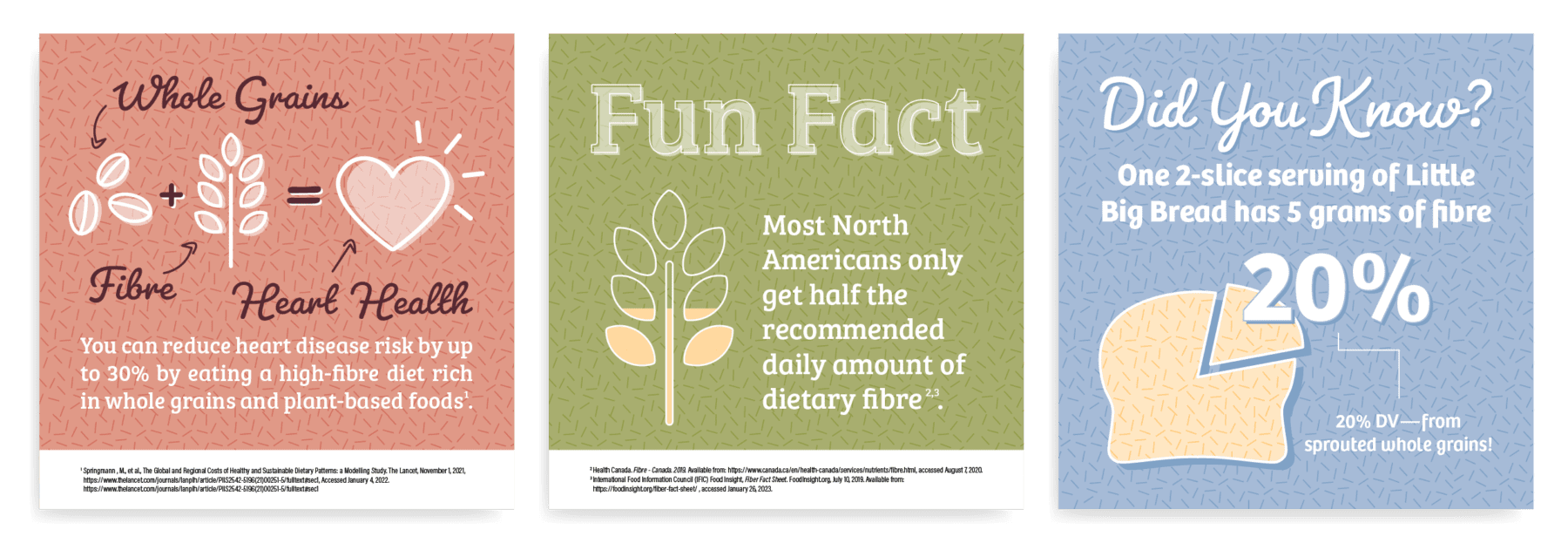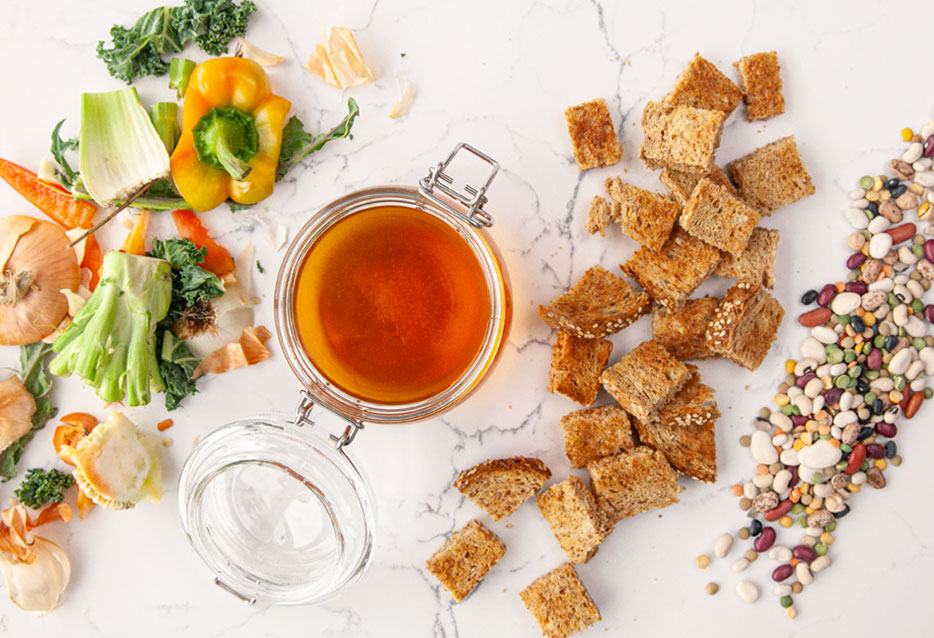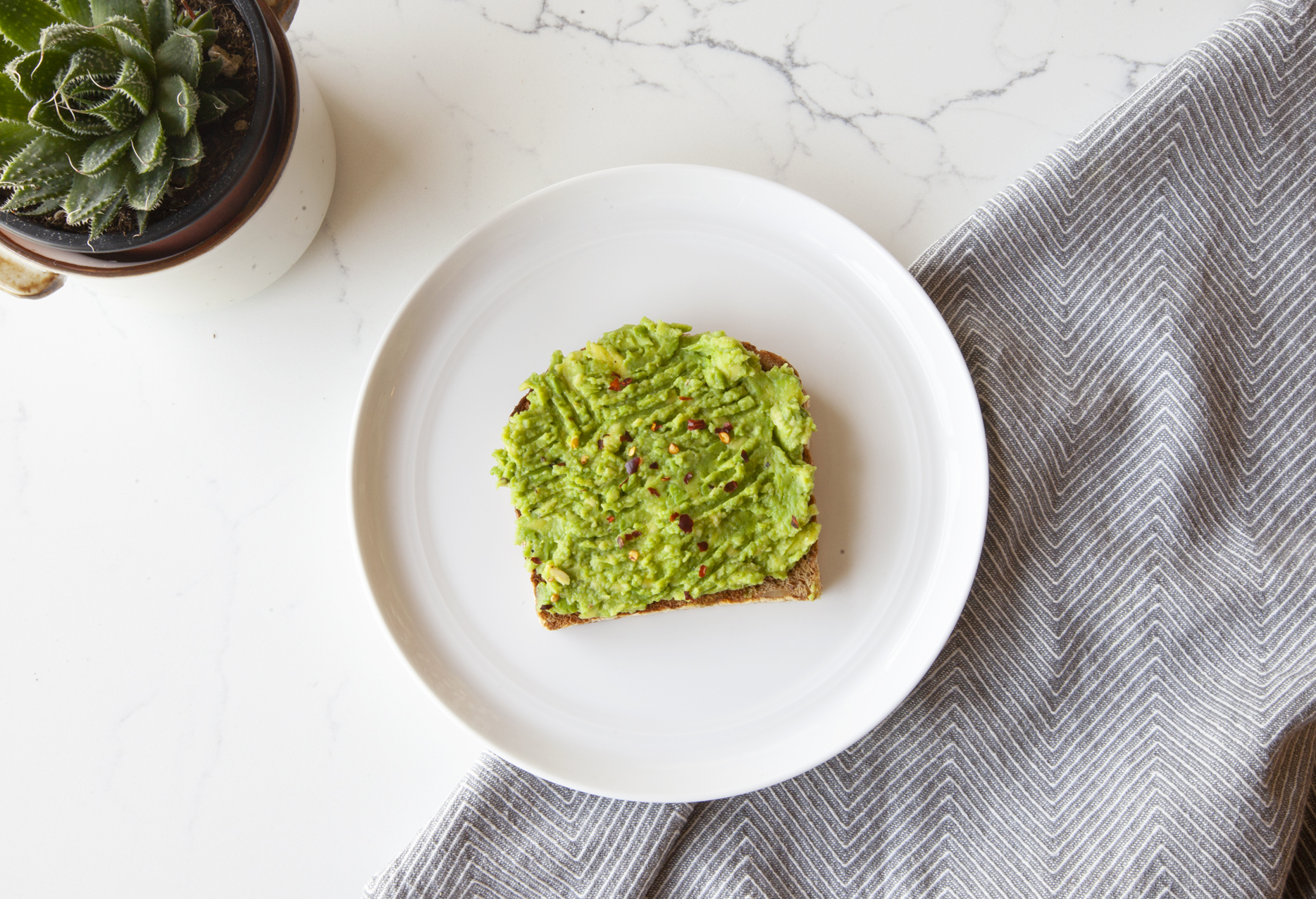Article Easy Heart-Smart Choices You Can Make Today
Why whole grains are part of a heart-healthy diet
January 20, 2023

You may be thinking, “I’m far too young to be worrying about my heart” or “I eat healthy, so I won’t have heart problems.” But did you realize that you could face heart disease no matter your age or diet? It’s time to check your plate to ensure you’re making the healthiest choices you can and see what more you could be doing to keep your ticker in top shape. The best part: Simple changes can be both significant and delicious.
Plant-based for Heart Health
Choosing a heart-healthy diet is the number-one defence against heart disease and stroke. As often as possible, avoid high-calorie but low-nutrient sugary, processed foods, trans fats, and red meat. Instead, fill your plate with plenty of colourful, antioxidant-rich fruits, vegetables, nuts, and legumes. Plant-based diets are gaining lots of traction for their health benefits—and rightfully so! Numerous studies have found plant-based diets, especially ones rich in whole grains, are associated with a lower risk of cardiovascular issues1,2,3,4,5,6. And the heart health benefits of a plant-centred diet apply from young adulthood1 to middle age2, and beyond!
Whole Grains for Heart Health
Quality whole grains—brimming with fibre, antioxidants and protective plant-based phytosterols—offer a bunch of benefits associated with lowered risk of heart issues3,5. Sprouting whole grains enhances these benefits by boosting essential nutrients and reducing digestion-dampening antinutrients. Sprouting further increases soluble fibre, and fibre is essential to nurturing a healthy heart. A study from The Lancet found that folks who ate a high-fibre diet reduced their risk of heart disease by up to 30%6. Fibre-rich whole grains (including sprouted grains!) have also been shown to play a positive role in influencing cholesterol, increasing HDL (“good”) cholesterol levels, and helping to lower blood pressure.
Plant-based diets that are high in whole grains aren’t just better for you, they’re better for your budget too! Eating healthy doesn’t have to break the bank, it’s easier and cheaper than you think. Check out our guide to eating healthy on a budget for tips, tricks, and recipes to help keep your food costs and food waste low.

Fibre for Heart Health
Fibre is a vital part of a healthy diet, but most of us only get half the recommended daily amount. According to the Canadian Heart & Stroke foundation, a healthy adult needs about 25 to 38 grams a day—but surveys show the average Canadian daily intake is only about 14 grams 7.
Canada’s Food Guide recommends you fill a quarter of your plate with whole grains at every meal. That might sound like a lot, but don’t worry! Adding more fibre into your diet is easier than you think. You don’t need to radically change your eating habits to get more heart healthy fibre. Foods rich in whole grains—such as oatmeal, brown rice, quinoa, or sprouted whole grain bread—and plant-based proteins like beans and lentils are all excellent sources of fibre. And simple swaps can go a long way! Just switching from a white bread to a sprouted whole grain bread can make a dramatic difference in your fibre intake and overall health. (Find out how sprouted grains are naturally more nutritious on our Why Sprouted page.)
Why Swap Whole Grains for Refined Grains?
Refined grains—white rice, white flour, and breads and pastas made from white flour—lose most of their fibre when the bran is removed during processing. Products made mostly or entirely with white flour (doughnuts, cookies, crackers, white bread, and pasta) are generally low in fibre. Foods made from refined grains still have a place in moderation in a healthy diet (many nutrition experts recommend making half your grains whole), but they can’t give you the heart and digestive benefits that fibre-rich whole grains deliver. (And they won’t give you the same satisfaction as whole grains, either).
Making Heart Health Easy
Every day offers you new opportunities to make heart-smart choices. Just remember to pass on the processed foods and fill up on the plant power from fruits, vegetables, and sprouted whole grains whenever you can. Isn’t it delicious that these choices happen to be bursting with flavour as well as nutrition?




